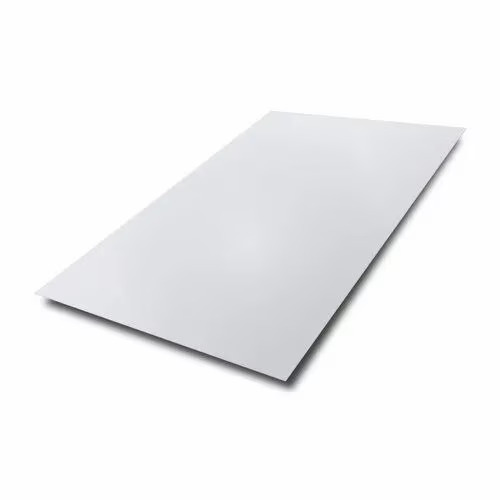Call us
08045476743






A 3mm aluminum sheet refers to an aluminum sheet with a thickness of 3 millimeters. This thickness is commonly used in various applications, and the specific characteristics of the sheet would depend on factors such as the alloy used, surface finish, and other treatment processes. Here are some general considerations for a 3mm aluminum sheet:
Applications: A 3mm aluminum sheet can be utilized in a variety of applications, including but not limited to construction, automotive components, signage, industrial equipment, and marine applications.
Alloy: The specific alloy of the aluminum sheet will influence its properties. Common alloys for general purposes include those from the 1000, 3000, and 5000 series.
Weight: The weight of a 3mm aluminum sheet will depend on its dimensions and the density of the specific alloy used. Aluminum is generally lightweight compared to other metals, which makes it suitable for applications where weight is a critical factor.
Strength: While aluminum is lightweight, it also provides good strength. The strength can vary based on the alloy and any heat treatments or other processes the sheet has undergone.
Surface Finish: Depending on the intended use, the 3mm aluminum sheet may have different surface finishes. Common finishes include mill finish, which is the untreated surface, or it may be anodized or painted for additional protection and aesthetics.
Cutting and Forming: Aluminum sheets are malleable and can be easily cut, bent, or formed to suit specific requirements. This makes them versatile in manufacturing processes.
Corrosion Resistance: Aluminum naturally forms a protective oxide layer, providing corrosion resistance. However, certain alloys may have enhanced corrosion resistance for specific environments.
Availability: 3mm aluminum sheets are widely available in the market in various dimensions. They can be purchased from suppliers specializing in metal products.
When considering a 3mm aluminum sheet for a particular application, it's essential to consult the specific requirements of the project, considering factors such as load-bearing capacity, corrosion resistance, and any aesthetic considerations. Additionally, adherence to industry standards and regulations may be necessary depending on the application.